On the occasion of September 2nd this year, the capital Hanoi is expected to welcome a record number of visitors, both domestic and international, to visit, explore and enjoy the bustling atmosphere of National Day.
Besides historical destinations and long-standing cultural relics, Hanoi cuisine has become an indispensable part, contributing to the special attraction of tourism in the capital.
From simple street vendors lining the small streets to long-standing traditional eateries, or modern luxury restaurants, each place offers diners rich and emotional experiences, making the journey to explore Hanoi more complete and unforgettable.
Hanoi cuisine - a unique cultural feature
From early morning to late night, any small alley in the old quarter can easily be found with traditional eateries always bustling with people coming and going.
A bowl of fragrant beef noodle soup on the sidewalk of Lo Duc street, a plate of hot vermicelli with grilled pork on Hang Manh street, or a simple but flavorful plate of vermicelli with fermented shrimp paste on Phat Loc street - all can make diners exclaim, feel full, and be filled with emotions.
Over the years, these rustic dishes have become a source of pride, a unique cultural feature of Hanoians and bring new experiences to millions of tourists every time they visit the capital.
Mr. Nguyen Quang Liem (a tourist from Ho Chi Minh City) shared: “Hanoi cuisine is extremely rich and diverse. People talk a lot and describe a lot about countless typical dishes, but only when enjoying them the way of the people of Trang An, will you understand why the cuisine of the capital is so attractive. I am 'addicted' to Hanoi beef pho - the taste of pho here is very unique, unlike anywhere else and only when enjoying it right in the capital can you fully feel that sophistication. People can enjoy many different types of pho at countless eateries, from sidewalk, traditional restaurants to modern stone bowl pho, serving from early morning until late at night, with prices ranging from a few tens to a few hundred thousand dong.”
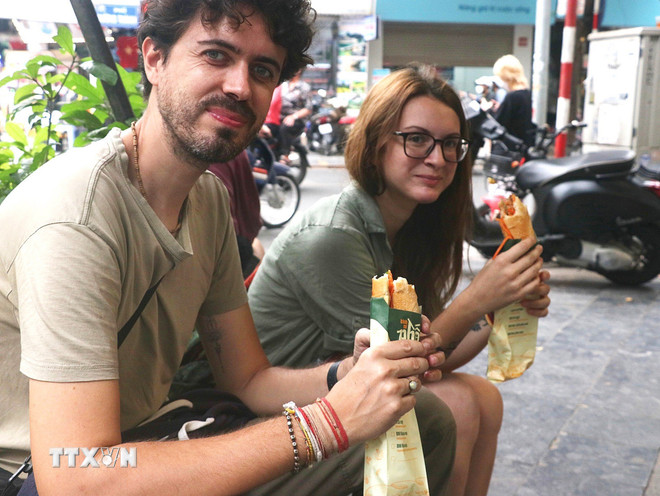
Hanoi cuisine not only captivates domestic tourists but also leaves a deep impression on international visitors. Travel platform TripAdvisor once ranked Hanoi among the cities with the most attractive cuisine in the world, with many compliments on the delicate, light flavors, and the harmonious combination of fresh herbs and traditional spices.
Therefore, culinary exploration becomes an indispensable part of the travel itinerary of many international tourists.
After experiencing the Hanoi street food tour, Ms. Gabriel (a tourist from Canada) commented: “When traveling with a local guide, I got to taste six different dishes in about three to four hours. While enjoying the food, listening to the story about the origin, preparation method and meaning of each dish made the experience special, full of surprises and unforgettable. My favorite dishes are Nam Bo beef noodle soup and Hanoi spring rolls.”
During her two-week stay in the capital, Claire Brew (a British tourist) participated in two food-tour programs. According to her, this journey not only brought diverse taste experiences, but also helped her gain a deeper understanding of Vietnamese culinary culture.
The rich menu, suitable for the preferences, ages, and eating habits of many groups of tourists, makes her more and more interested in exploring. In particular, the salads combined with fresh vegetables, tropical fruits, and flavorful sauces are what impressed her the most.
Every long holiday is an opportunity for restaurants and eateries to attract a significant number of customers. Therefore, in addition to decorating to highlight the space, many locations have invested in building special menus, bringing new culinary experiences to visitors.
Located near Ho Chi Minh Mausoleum - an area that welcomes a large number of tourists on September 2 - Hoi Chay restaurant (81 Quan Thanh, Quan Thanh ward, Hanoi) has become a familiar meeting place for those who want to "live slowly, feel deeply" in the space of an ancient villa, with a menu made entirely from plants.
Ms. Dang Thi Tu Uyen (Co-founder of the Hoi chay brand) shared: “The restaurant has a vegetarian buffet program served at the table with a menu of nearly 70 dishes. The number of customers is expected to double during the holiday season, the restaurant has carefully prepared everything from ingredients to staff to ensure that even though the restaurant is crowded, each diner has a complete culinary experience. With a pure style, using traditional plant ingredients, we hope to bring a different flavor to diners, while contributing to promoting a clean eating and healthy lifestyle in the heart of the capital.”
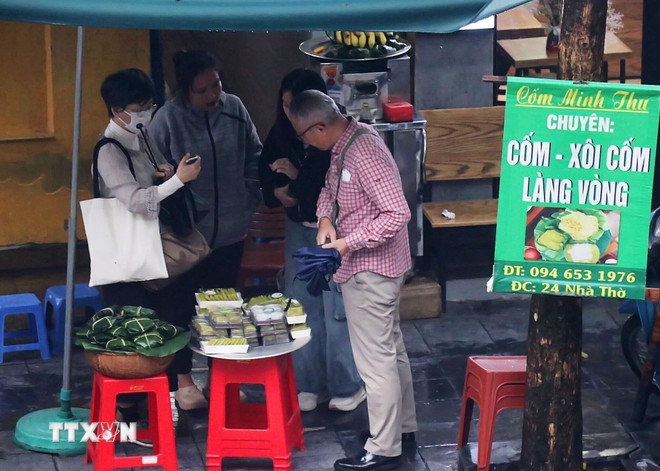
In the strategy for developing Vietnam's tourism to 2030, culinary culture is identified as one of the key products, contributing to improving competitiveness as well as building the national tourism brand.
According to Deputy Director of the Vietnam National Tourism Administration Ha Van Sieu, culinary culture not only introduces regional traditions, but also plays a role in connecting tourism services, creating attractive products and attracting tourists.
The typical cuisine of each destination contributes to prolonging the length of stay, increasing the average spending of tourists, thereby promoting tourism revenue and creating a sustainable source of income for the locality.
“Soft ambassador” of tourism
On August 18, three specialties of Hanoi - rice rolls, La Vong fish cakes and Bat Trang trays - were recognized as National Intangible Cultural Heritage by the Ministry of Culture, Sports and Tourism.
These dishes are not only delicious but also beautifully presented, harmonious and highly artistic.
It is worth mentioning that over the centuries, with its sophistication in flavor, cultural depth and ability to connect the community, with hundreds of unique dishes, Hanoi cuisine has increasingly affirmed its role as a "soft ambassador" of the capital's tourism.
That special "ambassador" makes every trip not only a journey of the feet, but also an emotional discovery of the taste buds.
Taking advantage of this strength, many travel agencies have built food-tour programs with flexible schedules, attractive content, especially aimed at serving international guests.
Travel companies such as Hanoitourist, Vietravel, Holiday Indochina... have promoted culinary tours combined with inner-city sightseeing tours, half-day or full-day tours in Hanoi on the occasion of September 2nd holiday.
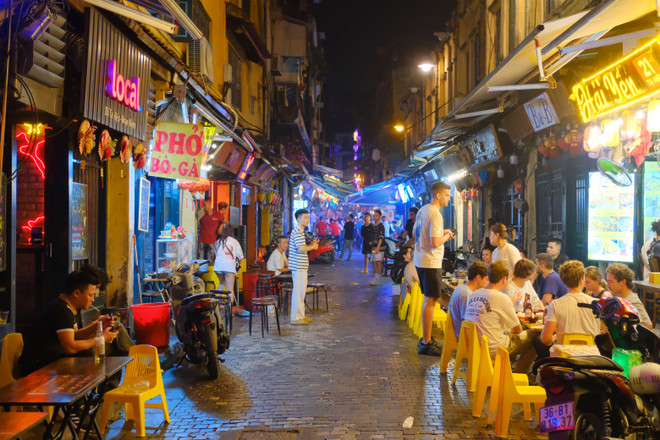
These tours often take diners to long-standing restaurants, and can be combined with tours of historical sites and traditional craft villages.
For foreign visitors, programs such as learning to cook Vietnamese dishes, going to the market with a chef or “old town-tea ceremony-Vietnamese pho” tours often leave a deep impression, contributing to promoting Hanoi's culinary culture to the world.
Mr. Tran Tuan Huy, Head of Marketing Department, Hanoitourist Travel Company, said that food tours usually last from 2-4 hours, for small groups such as couples, families or friends, with prices ranging from a few hundred thousand to more than 2 million VND, depending on the number of guests and the form of transportation (on foot or by car).
Foreign visitors choose culinary tours to enjoy delicious dishes at prestigious locations, have more opportunities to interact with locals and learn about Vietnamese customs and culture through each dish.
In the current trend of developing experiential tourism, cuisine is one of the important factors that helps retain tourists.
The culinary streets around Hoan Kiem Lake, the Old Quarter, Tong Duy Tan culinary street, Ta Hien “Western” street, outdoor culinary space at Dong Xuan night market, walking street… are always attractive destinations.
From rustic dishes on small street corners to world-famous specialties such as pho, banh mi, bun cha, xoi… Hanoi always knows how to tell its historical and cultural story through each flavor.
Hanoi cuisine not only fulfills the role of a unique tourism product, but also becomes an emotional bridge between tourists and the land of thousands of years of civilization. Therefore, the culinary journey is not only a taste experience, but also makes each trip to the capital of domestic and foreign tourists more memorable./.
Source: https://www.vietnamplus.vn/food-tour-ha-noi-diem-nhan-du-lich-dip-nghi-le-80-nam-quoc-khanh-post1057784.vnp





![[Photo] National Assembly Chairman Tran Thanh Man holds talks with New Zealand Parliament Chairman](https://vphoto.vietnam.vn/thumb/1200x675/vietnam/resource/IMAGE/2025/8/28/c90fcbe09a1d4a028b7623ae366b741d)
![[Photo] General Secretary To Lam attends the opening ceremony of the National Achievements Exhibition](https://vphoto.vietnam.vn/thumb/1200x675/vietnam/resource/IMAGE/2025/8/28/d371751d37634474bb3d91c6f701be7f)




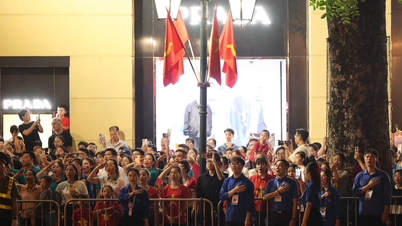
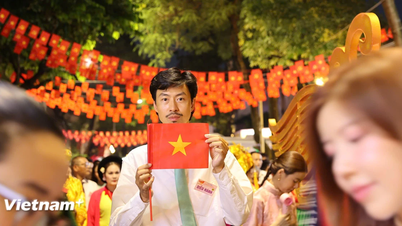


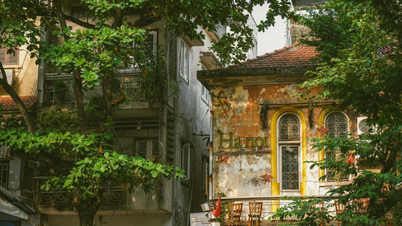
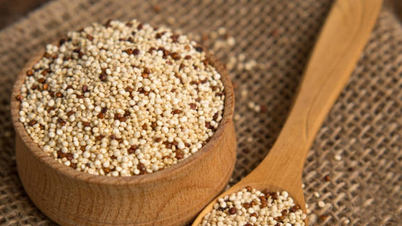
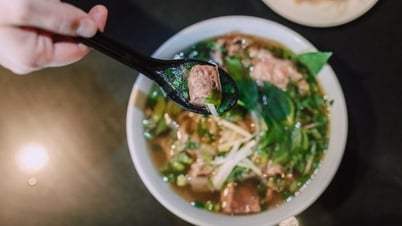

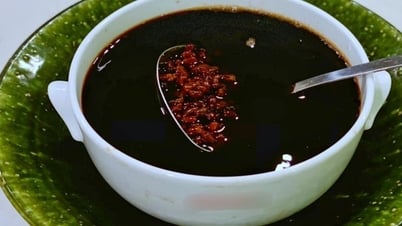

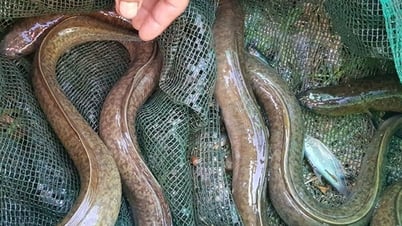
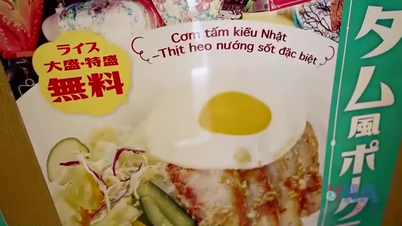




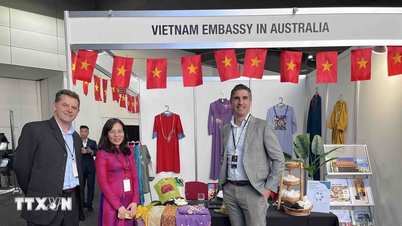


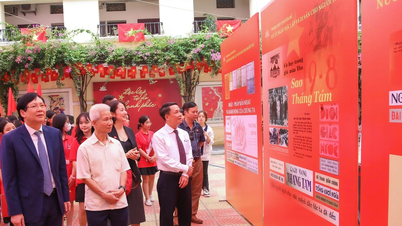
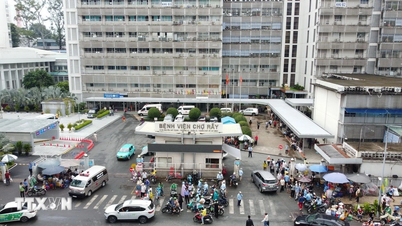




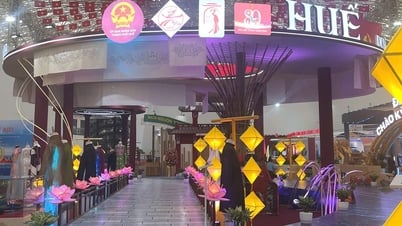

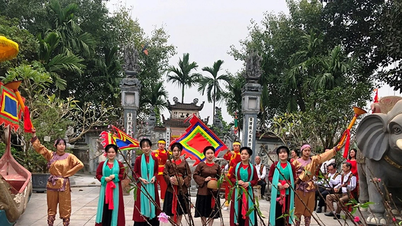









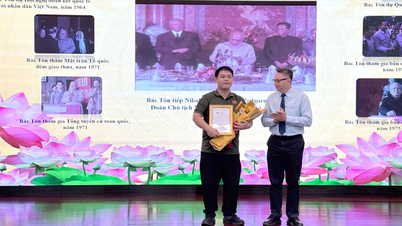






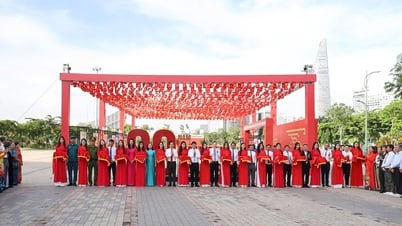
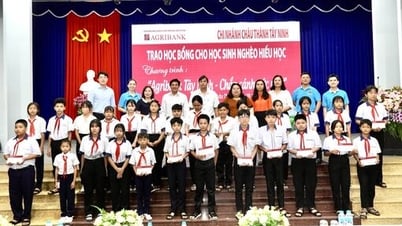

















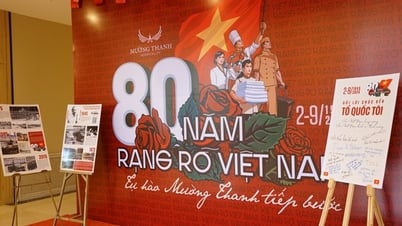











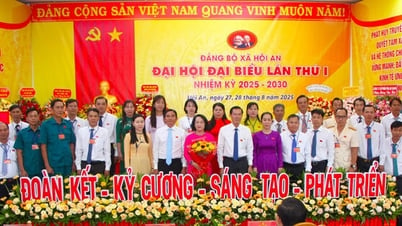
















Comment (0)